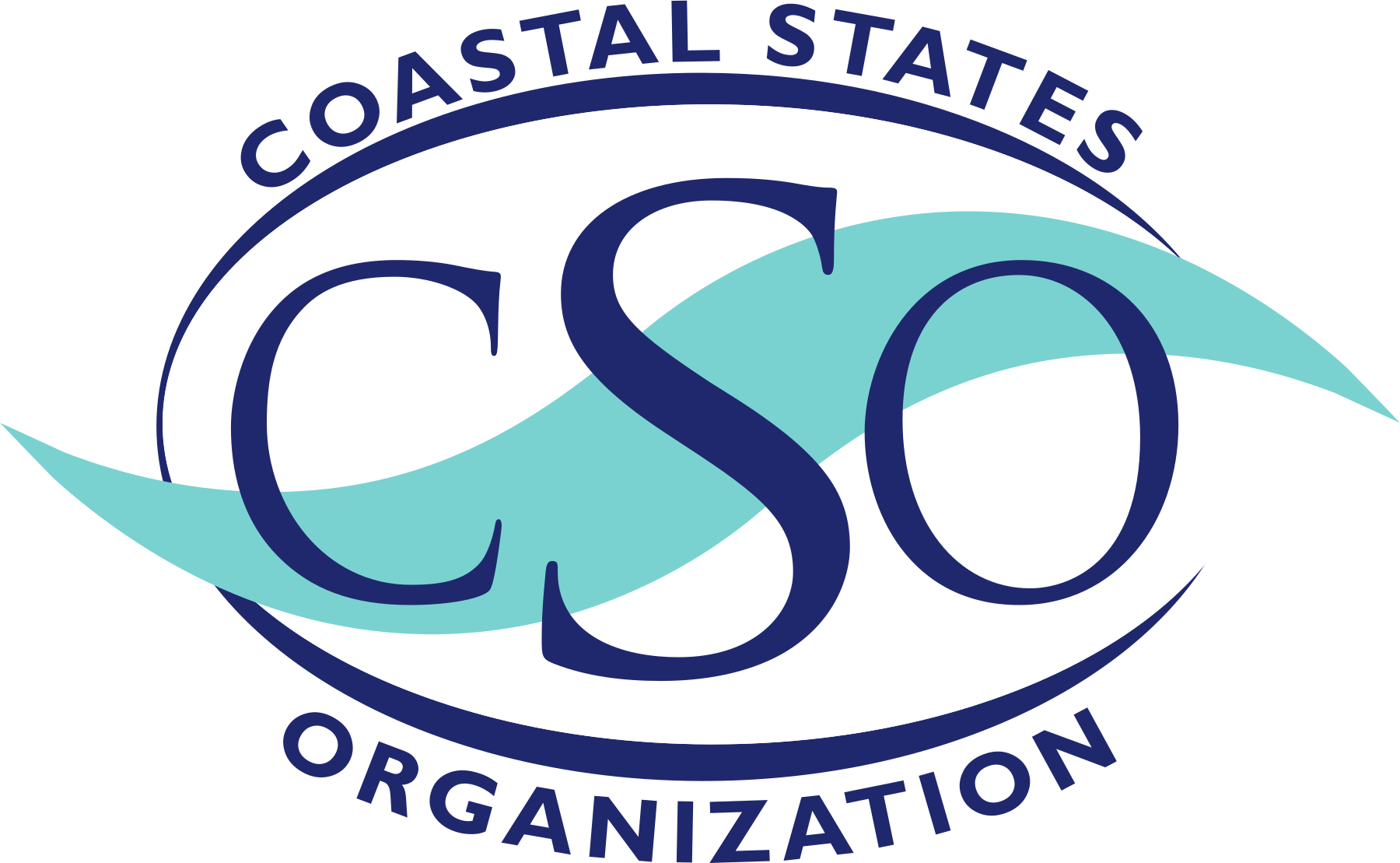The Coastal States Organization (CSO) is pleased to support the bipartisan Shoreline Health Oversight, Restoration, Resilience, and Enhancement (SHORRE) Act introduced by Senators Tom Carper (D-DE) and Bill Cassidy (R-LA) in the Senate and Representatives Lisa Blunt Rochester (D-DE) and Garret Graves (R- LA) in the House of Representatives.
The SHORRE Act significantly improves the U.S. Army Corps of Engineers (USACE) capabilities to address coastal enhancement, restoration, and resilience by elevating shoreline and riverbank protection and restoration to a primary mission in carrying out water resource development projects, providing increased flexibility to local project sponsors, and investing in priority regional needs.
Coastal communities are facing emerging issues including flooding and erosion caused by sea level rise, increased coastal storm frequency, and other coastal hazards which threaten the lives and livelihoods of coastal communities. The elevation of protection and restoration of shorelines and riverbanks from erosion and other forces exacerbated by climate change as a primary mission of the USACE will enable both USACE and local partners to better address these emerging coastal hazards and build coastal community resilience. Rather than being a secondary or tertiary purpose for civil works projects, this legislation would enable USACE to implement projects with a primary purpose of shoreline restoration or protection.
The SHORRE Act also improves coastal communities’ ability to address emerging coastal hazards by authorizing several provisions which give local project sponsors increased flexibility in feasibility studies and construction projects for shoreline protection and restoration:
- Section 9 authorizes USACE to assess options to reduce flood risk from individual or compound effects of coastal storms and inundation, waves, and erosion; sea level rise; tides; seasonal variations in water levels; rainfall events; and numerous other drivers of flood risk as part of flood or coastal storm risk management feasibility studies at the request of the local partner. This expands the value of these studies for addressing coastal hazards and coastal community resilience.
- Section 10 authorizes USACE to apply any amounts due to local partners in reimbursement as credits to the local partner share for another eligible project, reducing or eliminating the local partner share for that project.
- Section 12 authorizes USACE to provide the federal share for acquiring land, easements, and rights-of-way for projects in advance of the project rather than as a reimbursement. This removes a significant hurdle for the local partner to provide the funding for these acquisitions up front. Section 14 authorizes the USACE to accept the provision of fish and wildlife mitigation
measures as the local partner contribution for a project.
The SHORRE Act also increases the accessibility of shoreline protection and restoration projects for coastal communities by 1) decreasing the local contribution for shoreline and riverine protection and restoration studies to 20%, or 10% for economically disadvantaged communities, 2) decreasing the local contribution for structural flood control or hurricane and storm damage reduction to 10% for economically disadvantaged communities, and 3) decreasing the local contribution for nonstructural, natural, and nature-based features to 20%, or 10% for economically disadvantaged communities.
Finally, the SHORRE Act provides authorizations for regional priorities with two critical authorizations for the Great Lakes States. Specifically, the SHORRE Act will significantly enhance the capacity of Great Lakes States to address coastal inundation and erosion caused by lake level rise by authorizing USACE to develop and maintain lake level forecasting models and authorizing advanced assistance to local communities to address risks of damage from rising water levels at full Federal expense.
See Also
Testimony of Derek Brockbank, CSO Executive Director
Hearing on “Examining Shoreline and Riverbank Restoration in the face of Climate Change” before the Senate Committee on Environment and Public Works

